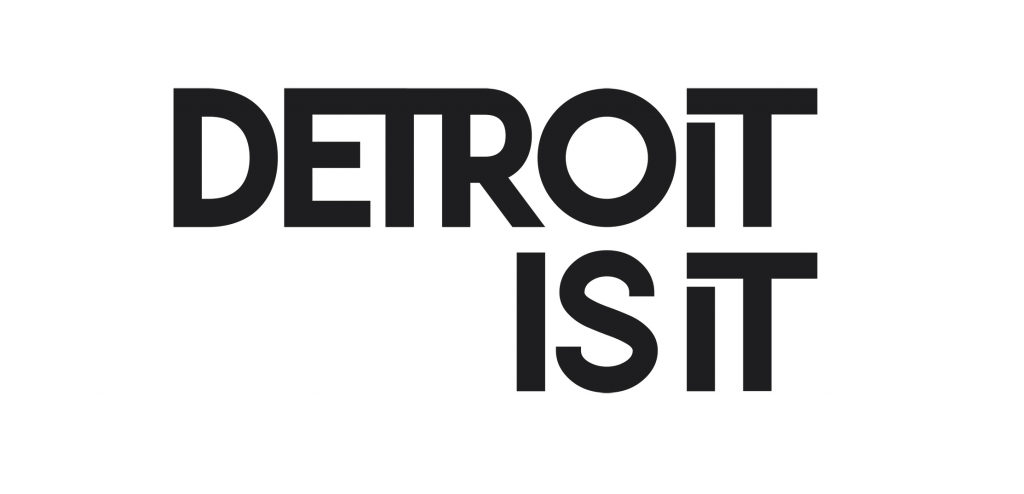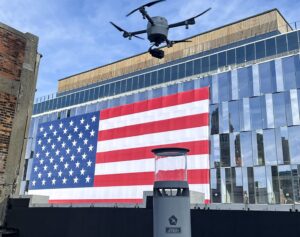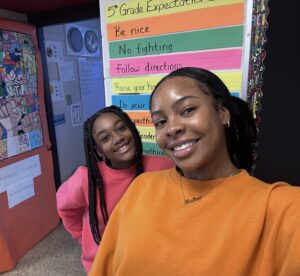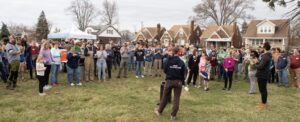Five months ago, Christopher (Chris) Whittey was appointed the Maxine and Stuart Frankel Interim Director of Cranbrook Academy of Art, bringing with him nearly three decades of experience in art and design education.
Whittey joins Cranbrook from Oklahoma State University (OSU), where he served as the Vaughn Vennerberg II Chair of Art, Professor of Art, and Head of the Department of Art, Graphic Design, and Art History. During his tenure, he worked closely with students, faculty, and administration to elevate the program’s national profile and strengthen its reputation.
Prior to OSU, Whittey held several leadership roles at esteemed institutions. He was the Alan F. Rothschild Distinguished Chair of Art at Columbus State University (2019-2022), Senior Vice President of Faculty Affairs and Chief Academic Officer at the Cleveland Institute of Art (2011-2019), Vice President for Academic Affairs and Dean at Maine College of Art (2009-2011), and Dean of Academic Services at Maryland Institute College of Art (2006-2009).
Now, as he steps into his role at Cranbrook, Detroitisit had the pleasure of sitting down with Whittey where he shared his insights on leadership, Cranbrook’s evolving narrative, and the importance of expanding connections beyond its historic walls
DII: As interim director, what excites you most about leading Cranbrook Academy of Art, and what do you see as your key priorities during your tenure?
Whittey: Cranbrook Academy of Art is an institution with a singular reputation. No other school quite occupies the space it does in the world of art and education.
I think a lot about the narratives of places – this is the sixth institution of higher education where I’ve worked, and at each, I’ve considered its story.

CHRIS WHITTEY
I think one could argue that narratives have lifespans; they shift and evolve over time. Cranbrook’s story has been unfolding for nearly a hundred years. My role now is to help shape the next chapter – what does the Academy’s future look like? How do we write a narrative that ensures Cranbrook remains at the forefront of art and design education for years to come? That, to me, is where my work lies.
DII: Cranbrook has a long-standing legacy of innovation in art and design. How do you envision upholding and evolving that tradition?
Whittey: I think certain elements of Cranbrook must always remain – the deeply engaged relationship between students, faculty, and residents is its beating heart. That connection cannot be extinguished; it’s central to who we are. But we must also build upon it.
One area I’m particularly interested in is the permeability of institutions like ours. Historically, schools of this nature have operated with relatively impermeable walls. We need to work on making those walls more porous – internally, by encouraging interdisciplinary work across studios, and externally, by forging stronger connections beyond our campus.
One of my biggest priorities is deepening Cranbrook’s engagement with the city of Detroit. We are in close proximity to an incredible cultural ecosystem, yet our footprint in the city has been minimal. It’s time to change that. We’re actively working to build reciprocal relationships with Detroit’s creative community in a way that benefits everyone involved.
DII: You’ve held various leadership positions in art and design education. How have those experiences shaped your leadership style, and what perspectives do you bring to Cranbrook?
Whittey: I’ve worked at three private art and design colleges, and in those environments, I’ve always focused on the core of the institution. The word core comes from the French word for heart, and at the heart of these schools is the close relationship between students and faculty. At Cranbrook, this relationship is even more pronounced—resident artists and students work side by side, creating an unparalleled learning environment.
I’ve also spent time at a large public research institution, where I was exposed to different models of research and inquiry. That experience helped me frame artistic practice as a form of research – something I bring to my approach at Cranbrook. My goal is to synthesize these experiences in a way that benefits the Academy and its students.
DII: Having been in this role for a few months now, what has surprised you most about Cranbrook—whether in its culture, faculty, students, or operations?
Whittey: Before I arrived, I had heard that Cranbrook’s campus was beautiful. But no amount of research or conversation could have prepared me for experiencing it firsthand. The architecture, the grounds, the studios – it is simply awe-inspiring.
I recently had a conversation with someone who described Cranbrook as a womb – an incubator for experimentation, a place to freely explore and become. That struck a chord with me. Cranbrook is about transformation. French philosopher, Michel Foucault once said, “The entire point of life is for one to become what one is not.” That’s what happens here. It’s a space where students shed fear and embrace experimentation.
DII: What are some of the immediate opportunities you see for the Academy, and how do you plan to address them?
Whittey: The lowest hanging fruit with the potential for massive impact is strengthening the relationship between Cranbrook and the city of Detroit. Detroit is a UNESCO City of Design—this is hugely significant. There’s a wealth of creative energy and institutional knowledge just beyond our campus, and I see a future where Cranbrook students, faculty, and Detroit’s creative community work together on specific challenges. Everyone benefits from that kind of exchange.
DII: When your time as interim director comes to an end, how do you want to be remembered?
Whittey: I’d like to be remembered as the antithesis of a top-down leader. My leadership style is deeply collaborative – I want to work alongside the faculty, students, and staff to develop ideas that none of us could conceive of alone.
I approach this role with the utmost seriousness and want that to be reflected in my work. But I also believe it’s essential to laugh in the office at least once a day. Cranbrook is a place of immense ambition, but it’s also a community of exceptionally supportive, intelligent, and dedicated individuals. I have never encountered a faculty and staff as engaged and committed as the one here, and that is something truly special.
As always, be sure to subscribe to our newsletter for regular updates on all things Detroit.






















